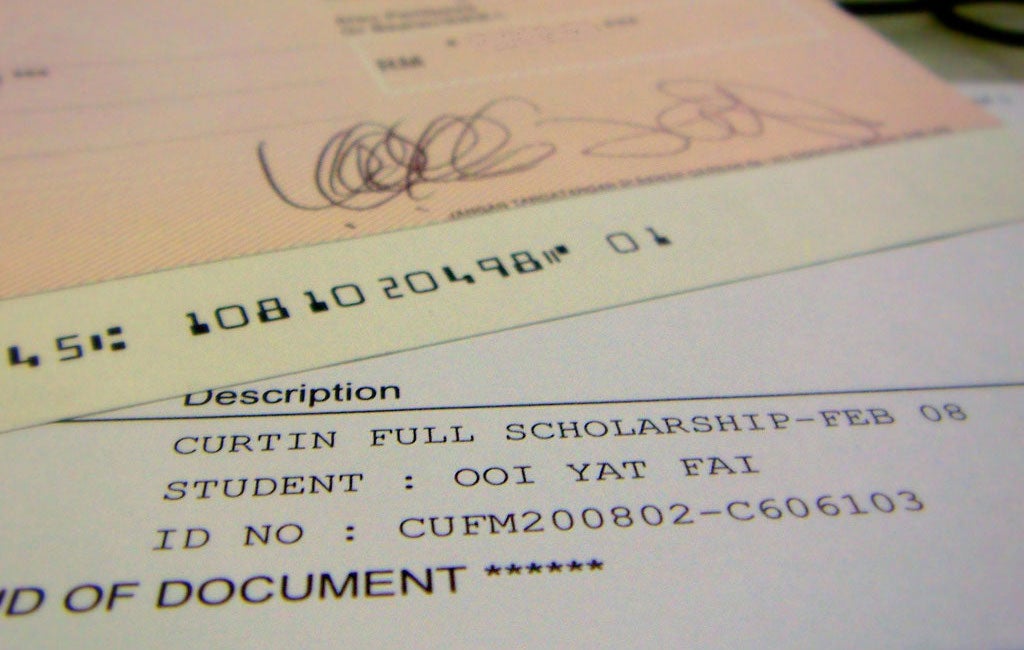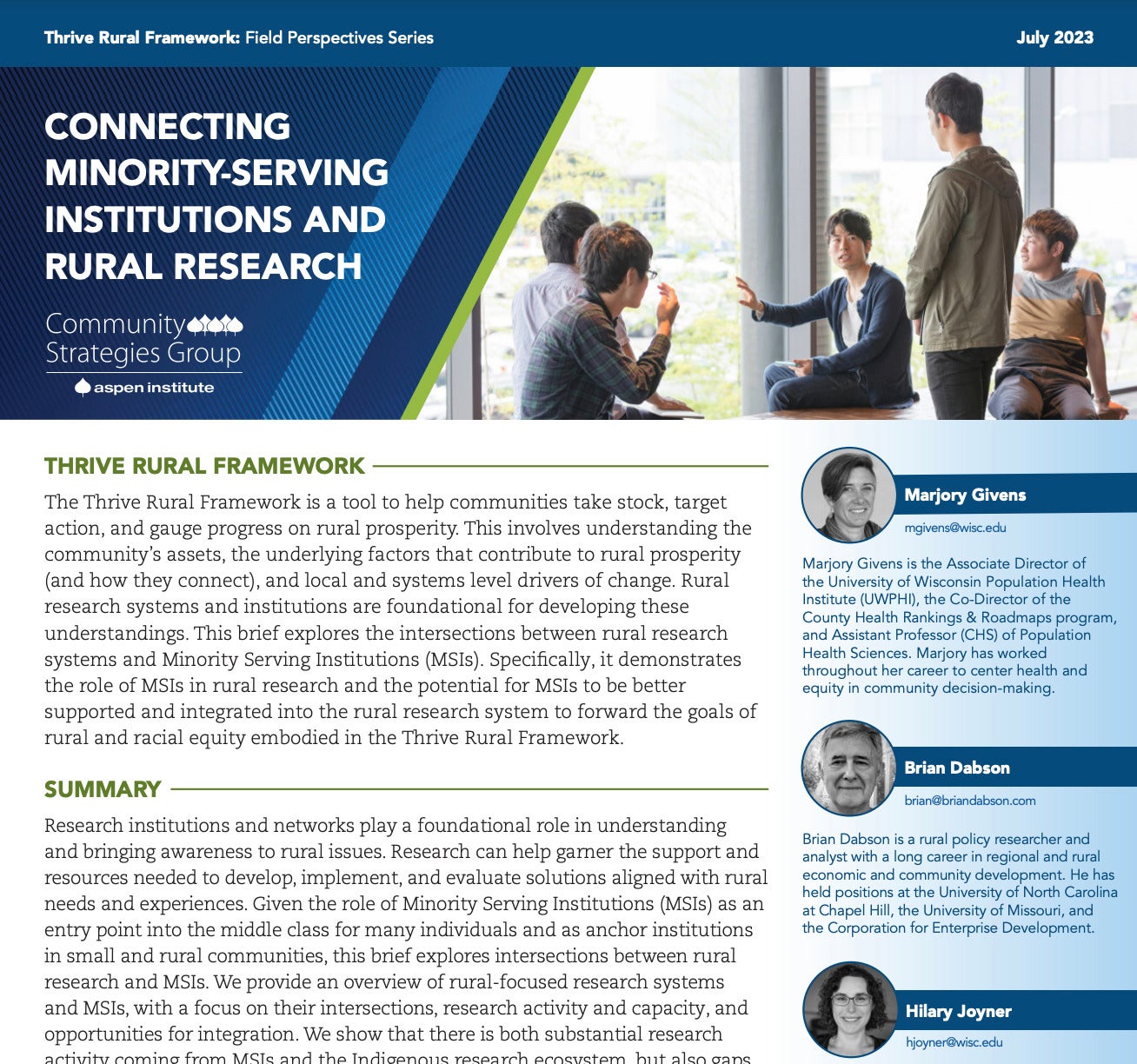Since most institutions have now released their college acceptances, the conversation has turned to helping students finance their higher education. Financial aid letters from colleges are being deciphered and compared. Then, there’s lots of effort and social media attention to getting state or private scholarships to bridge the gaps between what a college can provide and what a student and his or her family needs to enable enrollment. We all know the all-in costs of a residential four-year college can be high and seemingly out of reach for many.
But the quest for scholarships is far from simple and is enormously time-consuming. This is in large part because there is no coordination among the scholarship donors in terms of the application process, the actual application and the notification dates of approval or denial. Some applications are cost-free; others require a small payment. And in terms of awards, scholarship amounts vary greatly, from three to four to five digits. Some are renewable; some are only for one year. This creates a hodge-podge.

Flickr photo by Yat Fai Ooi
| Creative Commons
As if the stress of college admissions were not sufficient, students needing scholarships are rushing to meet different deadlines, to complete different forms, write different essays or prepare videos or audition tapes. Then they do not hear at any regularized time, which means the worries of whether a student can even attend college in some instances is thrown into question due to late notifications. This is particularly true if a student needs to stack scholarships to reach the needed dollar goal. And the problem recurs the next year for those scholarships that are one-off awards.
The power of scholarships can’t be underestimated. And the individuals, companies, foundations and states that award them should be lauded, truly and without question. But we must find ways to help students of all socio-economic classes access them. Apart from the large, well known scholarships with awards sufficient to cover all years of college like those from the Bill and Melinda Gates Foundation or the Posse Foundation, most students must piece together small awards from multiple scholarships to finance their academic dreams.
Consider these examples.
Start with the well-known Taco Bell Live Mas Scholarship. Here are some of the details of the process. The company will be awarding $1 million in scholarships ranging from $2,500 to $25,000 in 2016. There are two application cycles, one in the fall and one in the spring, with notification to recipients in Feb. 2016 and May-July, 2016, respectively. Students seeking the scholarship must submit a video addressing certain prompts (such as ‘what is your passion?’ and the like) and then complete an application.
Take another example. Suppose a student, in addition to applying for the Live Mas Scholarship, is a musician who plays a brass instrument (say the French horn) and is part of a high school marching band. There is a website that lists scholarships for musicians attending college called UNIGO. Caution though: some websites charge to match students with applicable scholarships and some sites provide incomplete or even inaccurate information.
Once on the UNIGO site, students can see a myriad of scholarships but face a range of key restrictions. Many are geographically limited; the scholarships are available to those from a particular state, region of a state or even a town. Others are only available if one enrolls at a specific college. Some are limited to a particular type of instrument or musical talent (of which voice is one and composition is another).
Take the National Federation of Music Clubs (NFMC) Scholarship identified on UNIGO. Although UNIGO initially displayed a scholarship of $2,500 and an application date of March 1, 2016 (already too late for some students), the actual Federation website contains a much larger range of scholarships, some of which require auditions. Some even have entry fees. That certainly ratchets up the time to research, and alters the cost-benefit analysis of seeking multiple scholarships.
Turning to these particular music scholarships offered by NFMC, there is a French horn scholarshipthat seemingly awards $1300 to one student, with an April 1 deadline. While there are age restrictions (recipient must be between 19 and 26), there is no fee. Efforts to download the PDF application did not work however; so, I found another reference to the same scholarship that explained the actual process for obtaining this scholarship: there was a required submission of certain specified musical compositions played by applicant on a tape/CD. This scholarship was listed the amount as $1500.
Nowhere could I find when there would be notification of the scholarship award. There were some issues of the NFMC magazine that referenced winners but I could not identify when the actual students were notified. Since there is only one such scholarship, it also would be useful to know how many students have applied each cycle. If there are 10 scholarship applicants, a talented player has a good shot at the money. She might think twice about applying against a field of 100 applicants or even 1,000 for that matter.
Despite US News and World Report suggesting that finding scholarships in music (this is where the French horn example arose) is easy and just a matter of doing research, my own investigation shows the opposite. To be sure, there are scholarships available to French horn players, although many are school specific. Our hypothetical French horn player would face multiple deadlines and a video for one and a tape for another and no coordinated notification date.
What’s the solution? One idea is creation of a database of scholarships with a single, relatively simple application (augmented if needed by auditions or portfolios or video or audio recordings), with a regularized application due date and a standardized notification date. Ideally, that would be in April of a student’s senior year in high school if the scholarship is for the upcoming academic year. Students could do searches for scholarships that meet their needs and determine whether they meet the donor requirements.
While it is understandable that providers of scholarships want autonomy, independence is creating unnecessary barriers and hurdles for very students they want to serve. So, were I telling the US Department of Education where to spend its dollars, I would suggest creating such a database, accessible for free, in multiple languages, for any student applying to college. The Scholarship Portal (just my name for it) would have enormous utility if done well, updated regularly and created for ease of use by students, families and counselors. The successful Common App or Universal College App could serve as models.
The universe of organizations offering scholarships share the goal of helping promising students who have unique talents. To improve the way students apply for these generous gifts and how they can actually receive and use a scholarship to attend school, I would suggest this variant of the K.I.S.S. method – keep it strategically simple. Just imagine how much more we could do if every deserving student could find and use these funds and no scholarships went unclaimed.
Karen Gross is a former college president, consultant and senior counsel at Widmeyer Communications.

